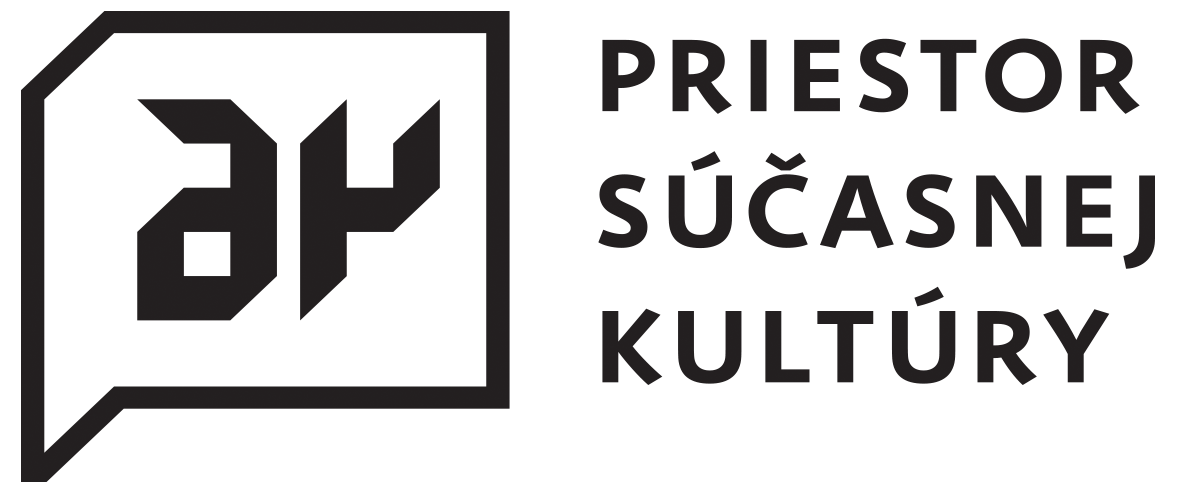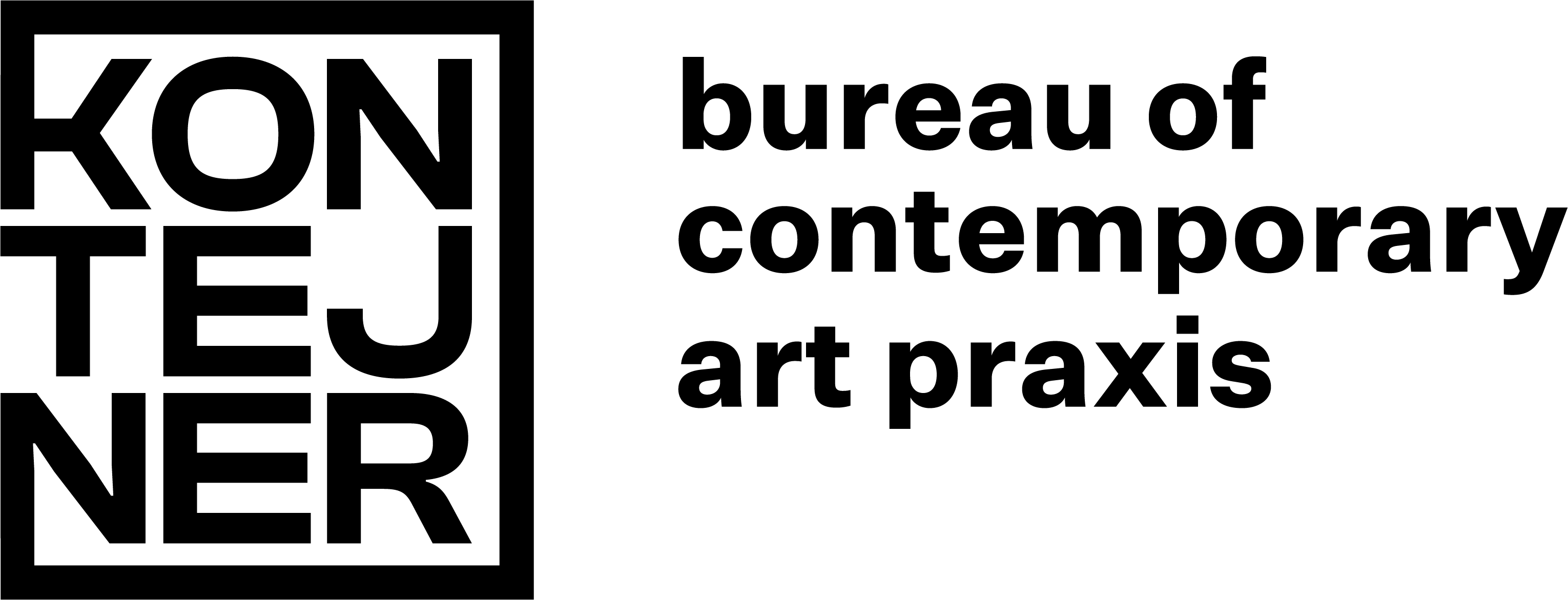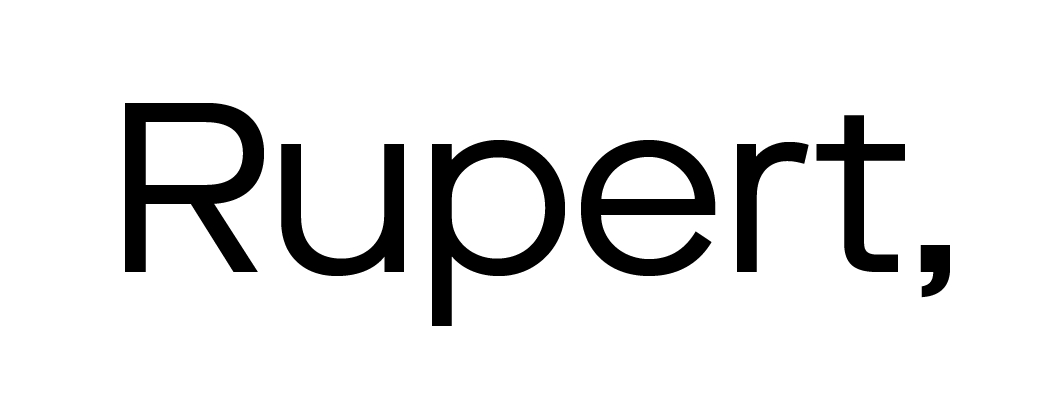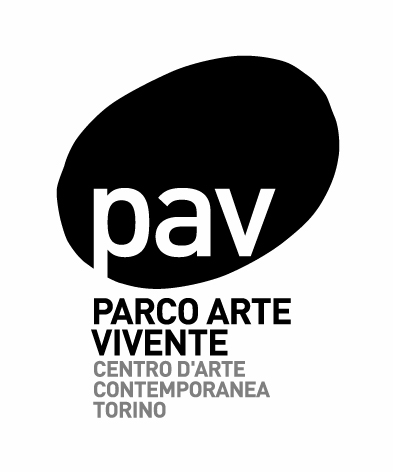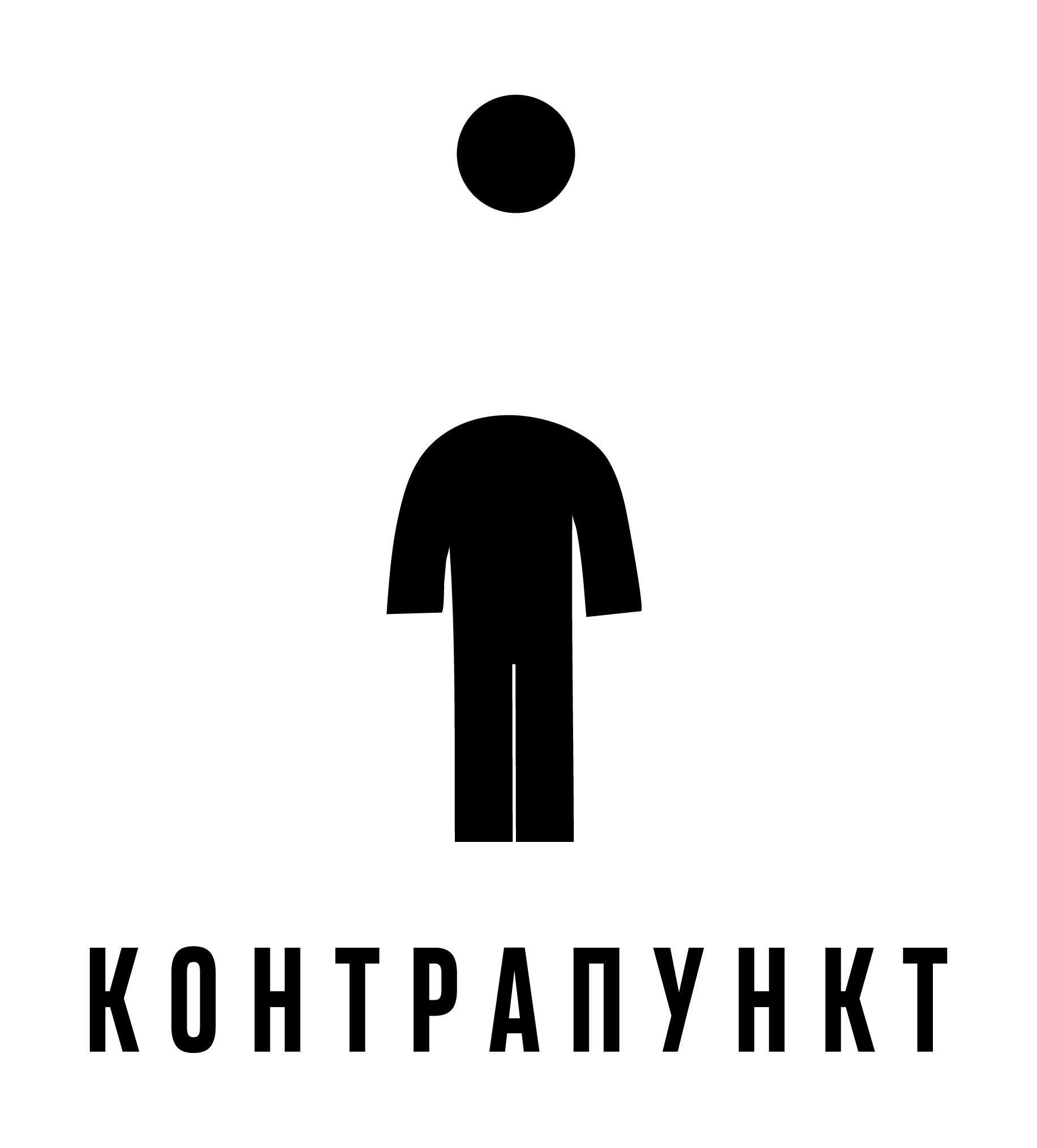Lukas Marxt – Searching for reflections in the toxic field of plenty
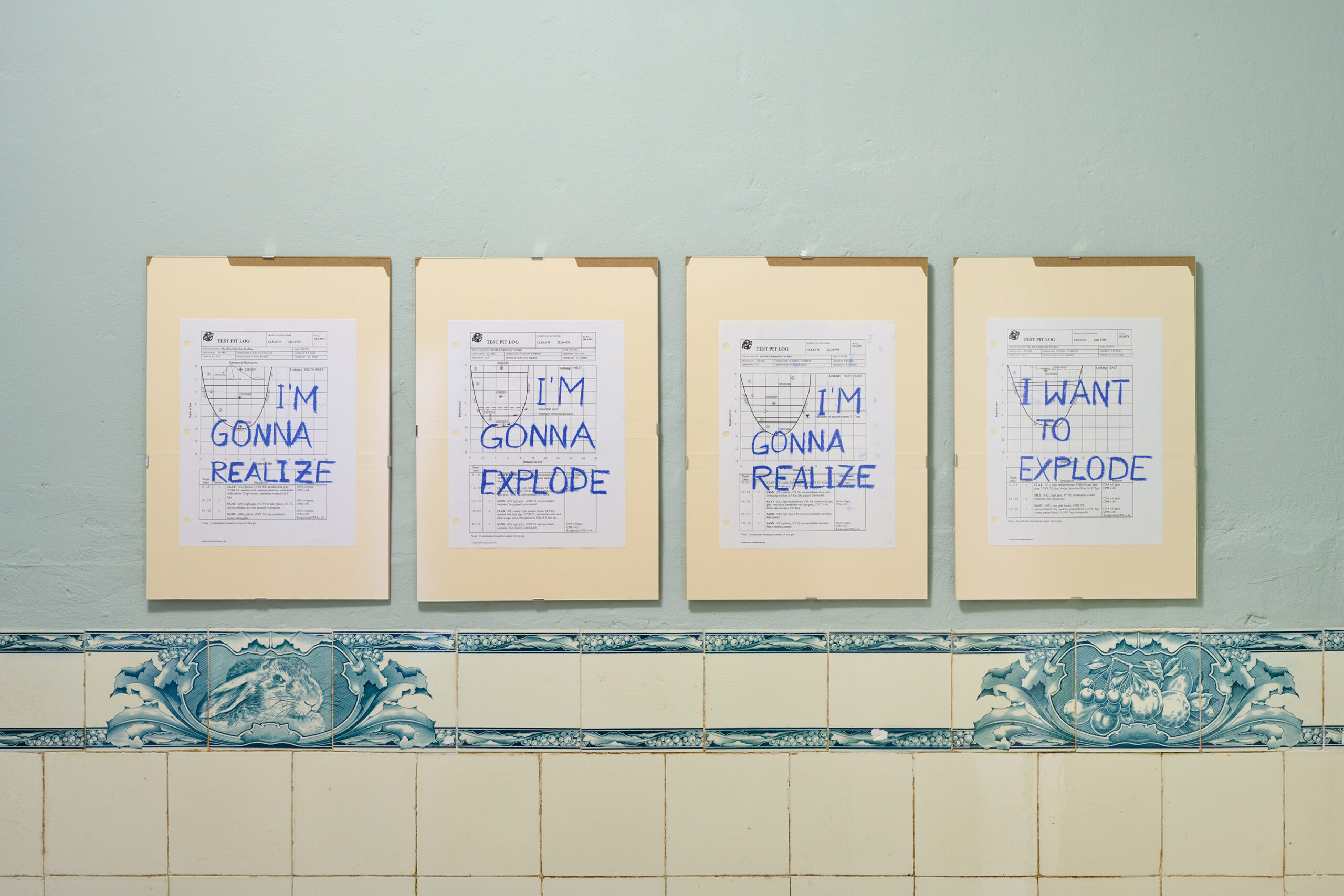
Searching for reflections in the toxic field of plenty is a series of gathered works that speak to a site of continued fascination for artist and filmmaker Lukas Marxt – the Salton Sea, a shallow, landlocked, highly saline body of water on the southern edge of California. Blighted by catastrophe, the Salton Sea has been in a constant state of rapid natural transformation due to colonisation, nuclear and atomic weapon testing, recreational development, tornadoes, flooding, agriculture, and toxic dust storms. Currently, the area is being scouted for lithium mining and is projected to become a dust bowl within the next 20 years.
The videos in the exhibition space are accompanied by sculptures, archival, found and historical artefacts, including parts of the ‘Fat Man’, the codename for the atomic bomb the United States dropped on the Japanese city of Nagasaki on 9 August 1945. Fragments of the dummy bomb were unearthed by Marxt in the desert around the former Salton Sea Test Base, a now abandoned site where atomic bomb ballistic testing took place.
Little Boy 1:1
Sculptural installation, styrofoam, fibreglass and an assembled accurate 1:12 scale replica of Little Boy, 2022
Upscaled 18-piece assembly kit of the atomic bomb dropped on Hiroshima.
Everything’s Gonna be Alright
Lightbox with frottage, 2023
Fat Man is more efficient than Little Boy
Video work, 6’46’’, 2023
Made in collaboration with visual and performance artist Vanja Smiljanić, the film focuses on the historic Wendover Airfield Museum in Utah, a former military base that played a pivotal role in the development of the atomic bomb.
Valley Pride
Video installation, 14’38’’, 2023
On oversized corrugated iron sheets, the logo ‘Valley Pride’ appears in the middle of the California desert, designating one of the largest commercial areas of US industrial agriculture. This examination of the Imperial Valley region details the precarious residence status of the farm workers, as well as ongoing environmental and ethical derogation.
Loading Pit_revisit
Video installation with screen on pedestal, 8’22’’, 2022
In a remote corner of the Utah desert, the camera pans over an atomic bomb loading pit. A voice-over reads parts of the unclassified user manual How to build an Atomic Bomb Loading Pit released to the public in June 1946. The viewer is led through the manual’s details, suggesting how to best control terrain, climate, and soil conditions in the pit area, which needs cleanliness and security precautions in order to deploy the Boeing B-29 atomic bomb.
Imperial Irrigation
Video installation on Ytong blocks, 20’04’’, 2020
Elaborately placed and digitally edited images focus on the slowly drying out Salton Sea and its chequered past. Based on a text by William L. Fox, the artist Julia Scher narrates the story of the landscape. Simultaneously, sound elements, including insistent passages by the musician Jung An Tagen, underscore the described events. What emerges is a disturbing portrait of a catastrophic course.
Marine Target
Video installation with screen on pedestal, 10’, 2022
The shimmering Salton Sea reflects the sunlight. Sediment colours the water green-blue. On the lake’s surface sits a weathered platform. In 1944-45, the U.S. Navy used this structure to examine the ideal height of an atomic bomb explosion. Project Y studied the ballistic and aerodynamic behaviour of various bombs with the help of test goals.
Fat Man 1:1
Sculptural installation, styrofoam, fibreglass, 9 found parts of a Fat Man dummy-bomb and an assembled accurate 1:12 scale replica of Fat Man, 2023
Upscaled 24-piece assembly kit of the atomic bomb dropped on Nagasaki.
Imperial Valley (cultivated run-off)
Video installation on Ytong screen, 13’58’’, 2018
Corporate agricultural production interests have been able to successfully cultivate and exploit this area of the Sonoran Desert. One of California’s most important regions for industrial agriculture, its gigantic irrigation system is fed by the Colorado River, as well as by the All-American Canal, which attained sad notoriety through the Mexican migration movement. The system’s run-off flows through pipes, pumps, and canals leading to the Salton Sea, which borders regions of Mexico.
Commissioned by Sonic Acts, part of New Perspectives for Action. A project by Re-Imagine Europe.
Kunststiftung NRW provided funding for the works Little Boy, Marine Target and Fat Man is more efficient than Little Boy. Lukas Marxt’s artistic practice is further supported by Galerie Khoshbakht.
Presented at Sonic Acts Biennial 2024
Event category







